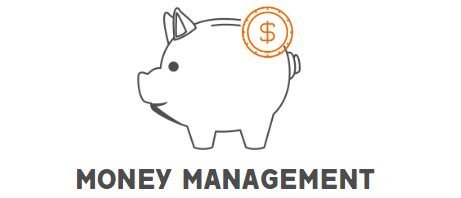Consolidating your debts can be a game-changer when it comes to managing your finances. But what exactly does debt consolidation entail and which types of debts can you consolidate? In this article, we’ll explore the different kinds of debts that can be combined into a single payment, helping you gain a clearer understanding of how this financial strategy can potentially relieve your burden and pave the way toward a brighter, debt-free future. So whether you’ve been wrestling with credit card debt, personal loans, or even medical bills, read on to discover how debt consolidation can bring you one step closer to financial peace of mind.
1. Credit Card Debts
Credit card debts are one of the most common types of debts that people face. These debts occur when you use your credit card to make purchases and are unable to pay off the balance in full each month. Consolidating credit card debts involves combining multiple credit card balances into one loan, often with a lower interest rate. This can make it easier to manage your debts and potentially save you money on interest payments.
2. Personal Loans
Personal loans are another type of debt that can be consolidated. These loans are typically unsecured, meaning they are not backed by any collateral. Consolidating personal loans involves taking out a new loan to pay off your existing personal loan debts. By consolidating your personal loans, you can streamline your payments and potentially reduce the interest rate, making it easier to manage your debts.
3. Medical Bills
Medical bills can quickly accumulate and become overwhelming, especially if you are dealing with a serious illness or injury. Consolidating medical bills involves combining multiple medical debts into one loan. This can help simplify your payments and potentially lower your interest rate. By consolidating your medical bills, you can focus on your recovery without the stress of dealing with multiple bills and payment due dates.
4. Student Loans
Student loans are a major financial burden for many individuals. Consolidating student loans involves combining multiple federal or private student loans into one loan. This can simplify your payments, as you will only have one loan to manage instead of multiple loans. Additionally, consolidating student loans may result in a lower interest rate, potentially saving you money over the life of your loan.
5. Payday Loans
Payday loans are short-term, high-interest loans that are typically used for emergency expenses. These loans often come with exorbitant interest rates, making it difficult to pay off the balance. Consolidating payday loans involves taking out a new loan to pay off your existing payday loan debts. This can help you escape the cycle of debt and provide you with a more manageable repayment plan.
6. Auto Loans
Auto loans are another type of debt that can be consolidated. Consolidating auto loans involves taking out a new loan to pay off your existing auto loan debts. This can help lower your interest rate and potentially reduce your monthly payments. By consolidating your auto loans, you can simplify your payments and potentially save money on interest charges.
7. Home Equity Loans
Home equity loans are loans that are secured by the equity in your home. These loans can be used for a variety of purposes, such as home improvements or debt consolidation. Consolidating home equity loans involves refinancing your existing home equity loan into a new loan. This can help you lower your interest rate and potentially reduce your monthly payments.
8. Store Credit Debts
Store credit debts occur when you make purchases using store credit cards and are unable to pay off the balance in full. These debts often come with high-interest rates, making it difficult to eliminate the debt. Consolidating store credit debts involves combining multiple store credit card balances into one loan. This can help simplify your payments and potentially save you money on interest charges.
9. Tax Debts
Tax debts can be particularly stressful, as they are owed to the government and come with severe consequences for non-payment. Consolidating tax debts involves negotiating a payment plan with the government or seeking a loan to pay off the tax debt in one lump sum. This can help you manage your tax debts and potentially avoid penalties and interest charges.
10. Business Debts
Business debts can accumulate quickly, especially if you are a small business owner or entrepreneur. Consolidating business debts involves combining multiple business debts into one loan. This can help simplify your payments and potentially lower your interest rate, allowing you to focus on growing your business without the stress of overwhelming debt.
In conclusion, there are various types of debts that can be consolidated to help individuals manage their financial obligations more effectively. Whether it’s credit card debts, personal loans, medical bills, student loans, payday loans, auto loans, home equity loans, store credit debts, tax debts, or business debts, consolidation offers the opportunity to simplify payments and potentially save money on interest charges. By understanding the different debt consolidation options available, individuals can make informed decisions to regain control of their finances and work towards a debt-free future. Remember, always consult with a financial advisor or debt consolidation specialist to determine the best course of action for your specific situation.
